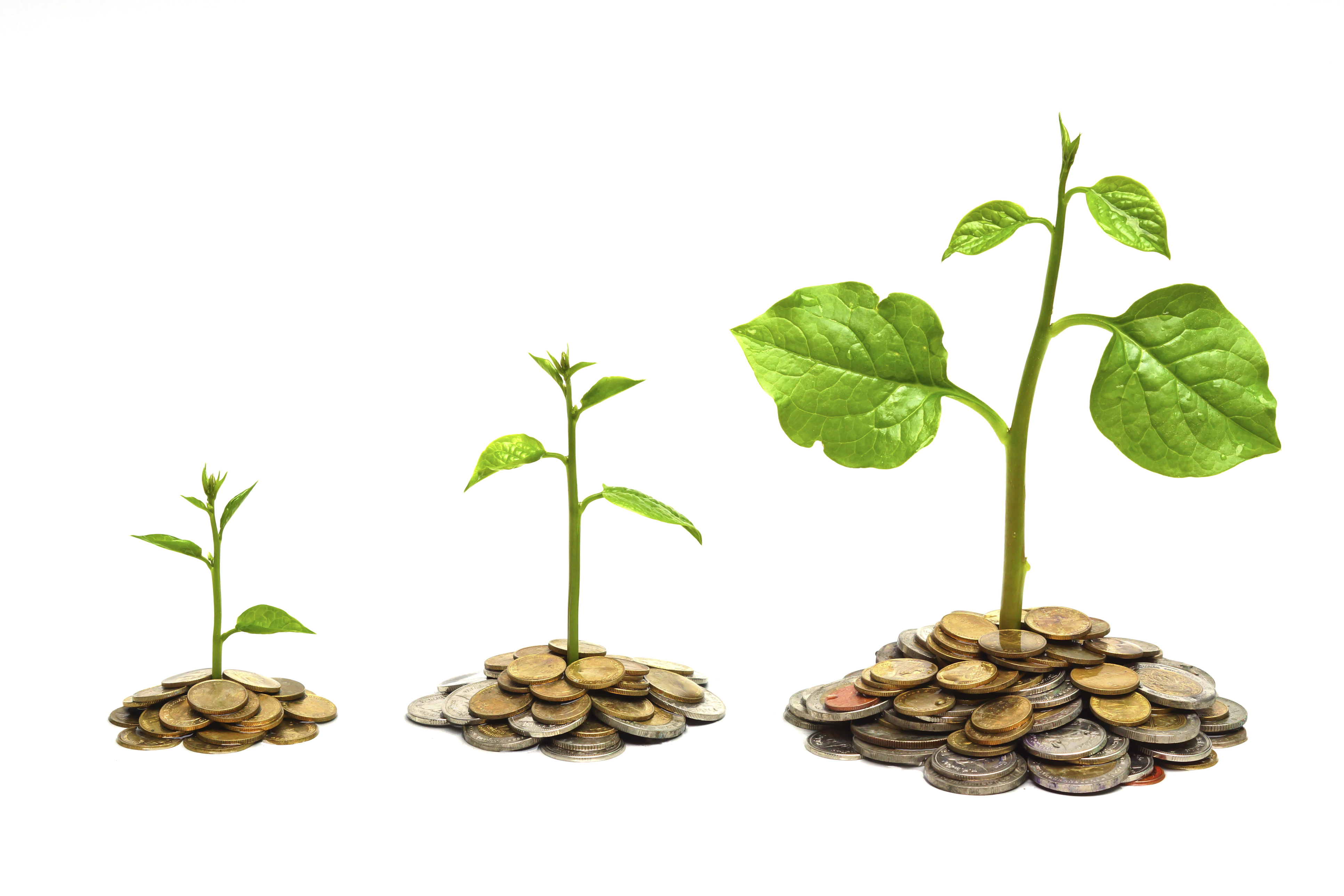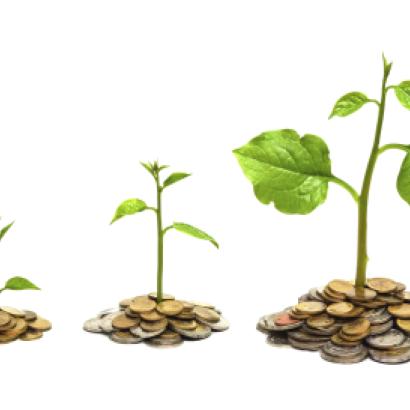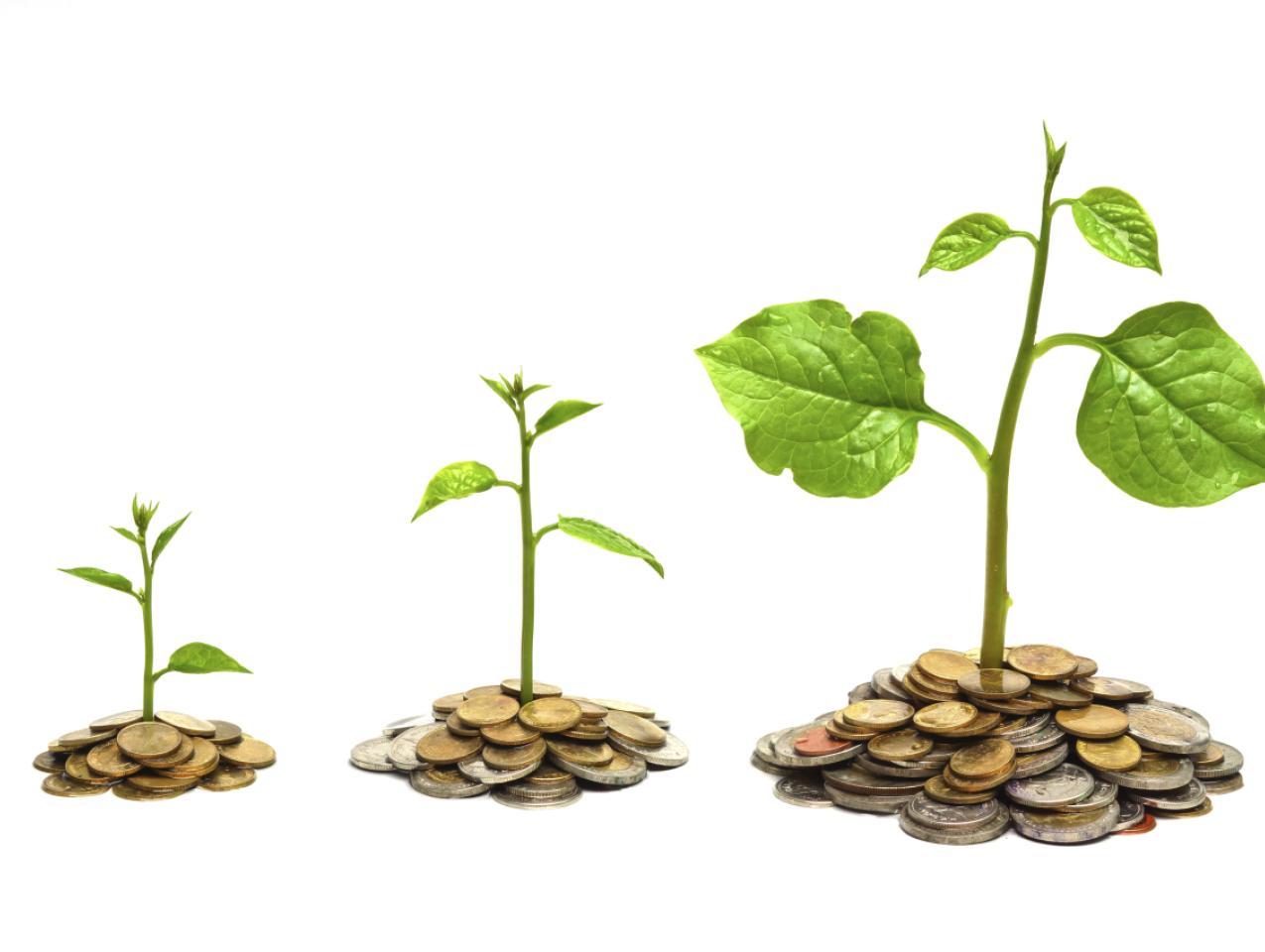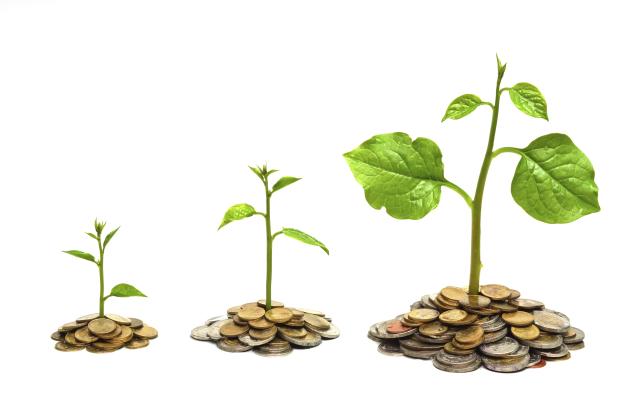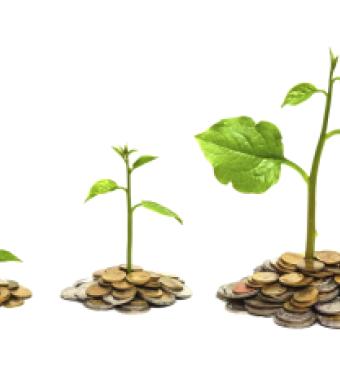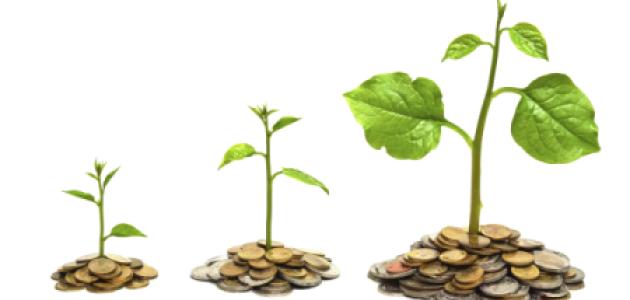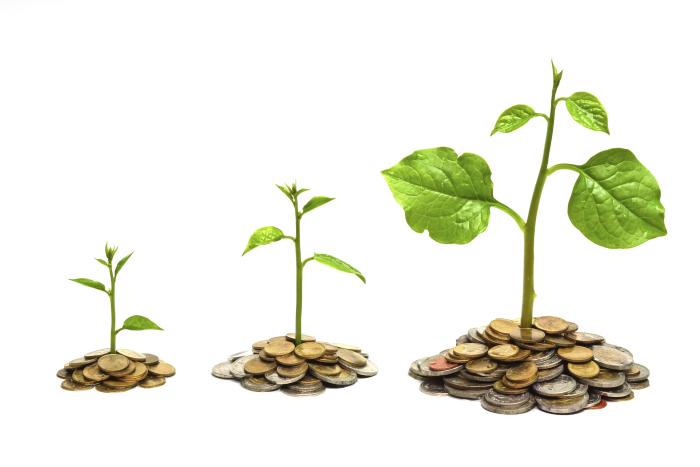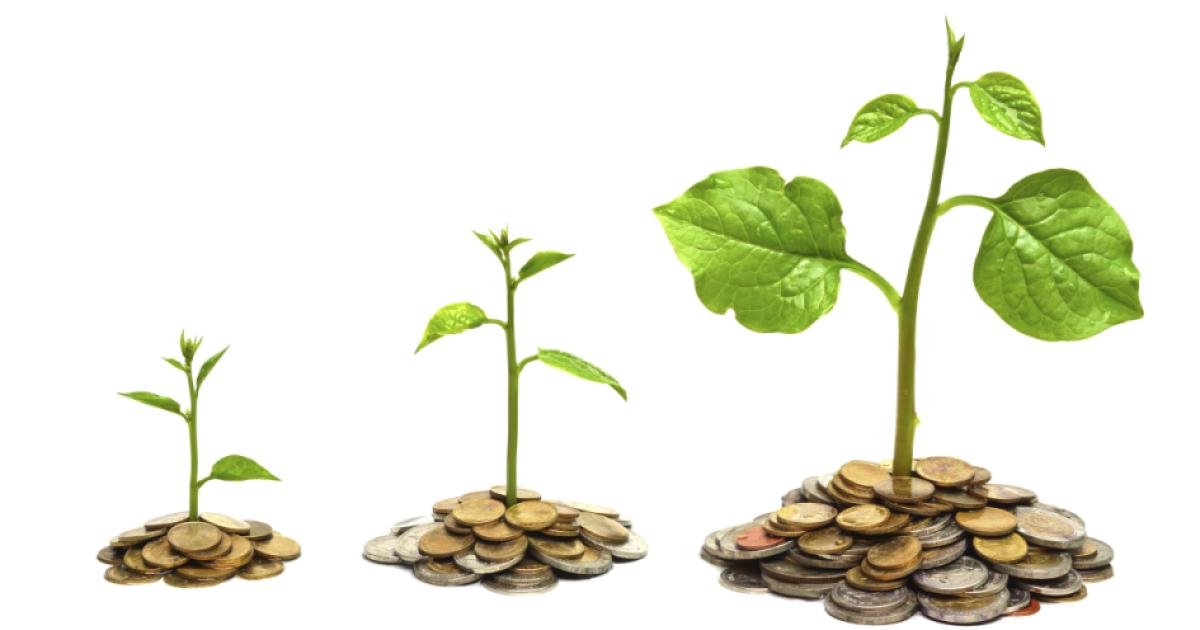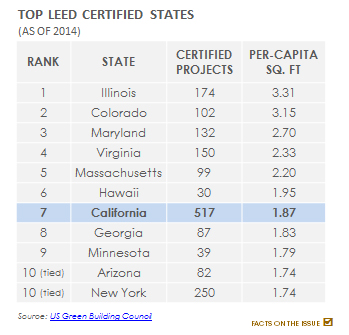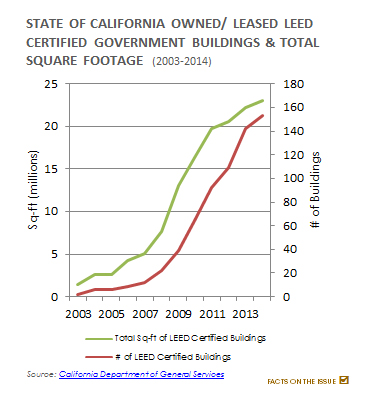In January, Governor Jerry Brown announced a goal for Californians to double the planned level of savings from energy efficiency improvements in existing buildings by 2030 and develop cleaner heating fuels. Hitting these very high targets in just 15 years “will take great thought and imagination,” the Governor said, and “require enormous innovation, research and investment.”
Following the governor’s announcement, the California Energy Commission – the state's primary energy policy and planning agency – listed seven steps to meet the Governor’s goal:
- Government Leadership: focus on publicly-owned buildings’ push code compliance
- Simpler Access to Useful Information: utilize building benchmarking and other energy assessments to inform targeted efficiency improvements
- Innovative Business Solutions: enable pervasive delivery of dependable savings
- Financing: increase affordable, innovative financing that aligns with savings timeframes
- Utility Procurement: treat efficiency as an energy resource for which utilities contract similar to large-scale generation
- Technical Innovation: develop and commercialize technology advances in lighting, cooling, space and water heating, and plug-loads
- Workforce Training: support training in energy efficiency assessment, installation, and sales
California has been an international leader on energy efficiency since 1974. When California first began its energy efficiency efforts (to avoid a forecasted need to build new power plants every 50 miles along the state’s coast), many were skeptical because no one had ever tried systematically reducing energy use. Forty years later, California’s success is recognized. The state ranks first in efficiency codes for buildings and gas mileage standards for cars. Unlike other states, Californians consume the same amount of electricity per person as they did 30 years ago, despite larger homes and the explosion of personal computers, giant televisions, and numerous other electronics. On average, every California resident in 2014 used about 1,900 kWh less than they would have without the state’s efficiency programs, according to the U.S. Energy Information Administration. For a California family of four, that equates to cutting 2014 electric bills by more than $1,000.
But how will California get to the next level? How, without hurting California’s economy or quality of life, can the state power its workplaces and heat its homes while doubling energy efficiency?
Achieving even California’s existing goals for energy efficiency (shown in orange on the chart) poses dramatic challenges. The Governor’s new goal (adding the blue wedge to the orange) is unprecedented and the scope of effort – public and private – required is enormous. Business as usual, even with expanded resources, will not succeed.
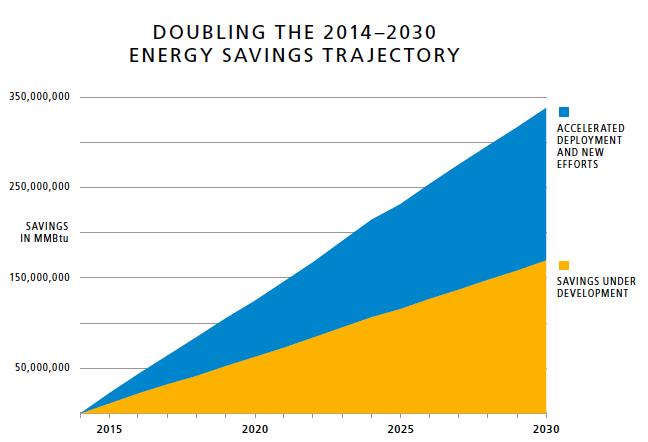
The good news is that advances in information technology, data analytics, communications, sensors and controls, and increased understanding of customer behavior, can deliver the forecasted savings. The features that enable a typical smartphone – digital communications, low-power computing, LEDs, sensors and software – are finding their way into home appliances, heating and air-conditioning systems, and the electric grid. Researchers are using advanced data analytics from California’s multi-billion dollar investment in smart meters to understand patterns of energy use – pinpointing waste – in unprecedented detail. This knowledge will help customers identify new low-cost savings, help utilities and others plan and implement programs, and help contractors quickly diagnose and fix problems that previously would have lingered.
However, much of energy efficiency is driven by mandatory requirements and customer-funded programs set by state regulators. Government actions overseeing these efforts must be streamlined and coordinated, with clear communication to the public about the benefits and necessity for possibly wide-ranging new mandates. Key rules governing customer-funded efficiency programs must be updated – far more quickly than historically done – to embrace new technologies and deep savings approaches. Statewide public-private collaboratives must be developed and adequately funded.
Last year, a new initiative at Stanford University started to focus on getting energy efficiency to the next level by targeting three areas – intelligent energy, behavioral strategies to drive demand and deliver savings, and financing. Research continues into changes needed in current policy rules and updated government oversight roles to support this next generation of efficiency, as well as mechanisms for reporting performance. The answers will entail innovations from places beyond a single institution, thus the new initiative is working in collaboration with researchers, policymakers, and experts from around the world. Energy efficiency is doable, as California has already proven, but it will require a wide range of efficient action from public, semi-public, and private agencies.

CALIFORNIA ENERGY COMMISSION
Established in 1974, the California Energy Commission is a five-member gubernatorial appointed board that sets the state’s energy policies by 1) forecasting future energy needs, 2) setting appliance and building energy standards, 3) supporting energy research, 4) developing and advancing alternative and renewable energy/transportation sources, 5) certifying large thermal power plants, and 6) planning for and directing California’s energy emergency responses. Members must represent the “public at large,” and the legal, environmental, economic, and scientific fields of expertise.







